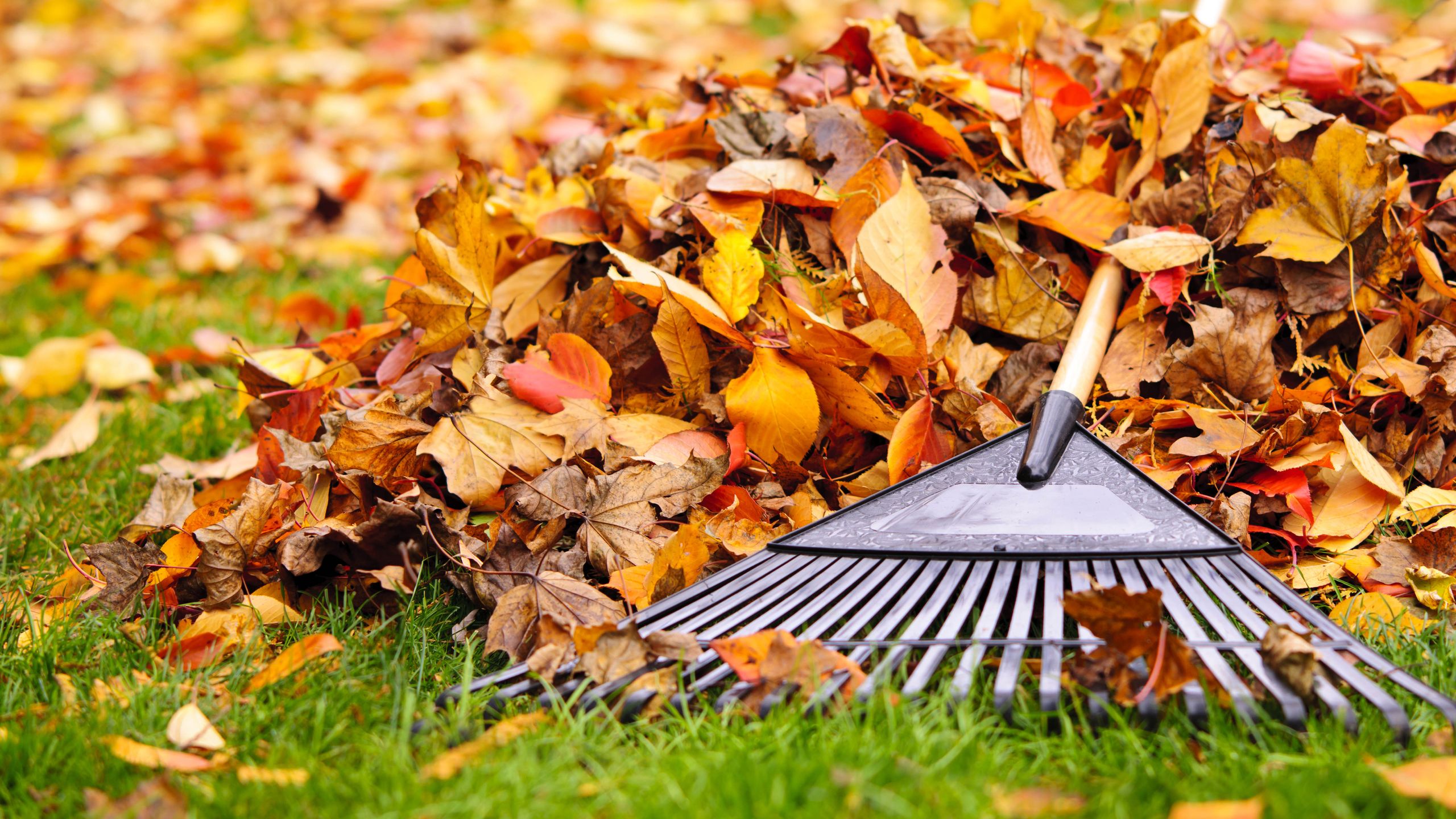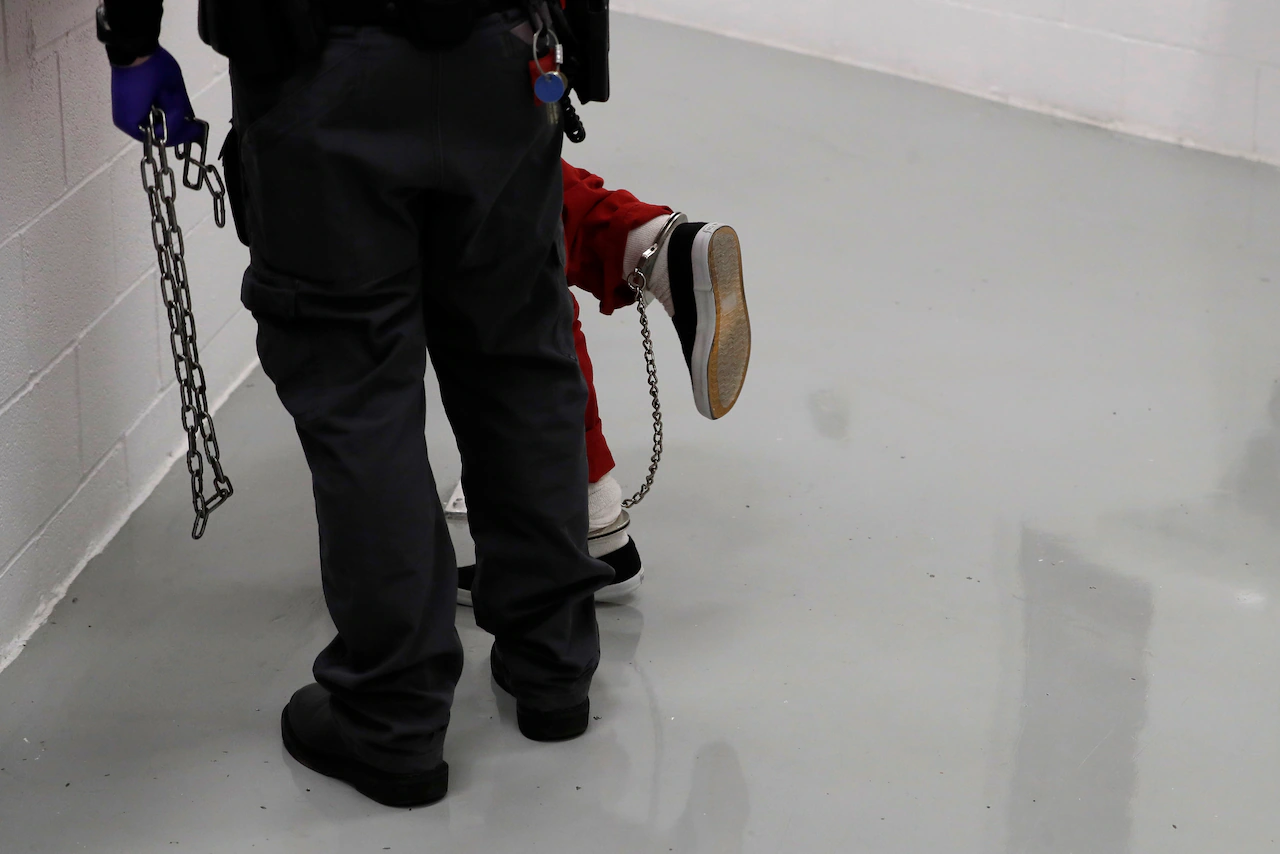Copyright Tom's Guide

It's the time of year where leaves are everywhere. You might find yourself constantly sweeping them off your path, so you don't slip, and raking them off your lawn before the piles of wet leaves cause damage. But, what can be really annoying is if you've noticed they're coming from outside your property. It can feel like a never-ending battle. You've finally cleared off all the leaves, maybe even invested in a leaf blower. But sometimes, even the very next day, it's like they've all magically reappeared. And then you realize that some are falling down from your neighbor's yard into yours, and you're trying to come up with a plan to stop it from happening. Thankfully, there are lots of neighbor-friendly things you can do. Here's the right way to deal with it, as advised by the experts. What to do if your neighbor's tree is dropping leaves in your yard Before you decide to deal with the problem yourself without knowing what's legally right, we've recently covered the laws on is it OK to cut my neighbors' overhanging bushes? The general rule could also apply here. Experts advise that the only time you can trim down the bushes is if it lies beyond your property line. Although, as David Cohen, a Real Estate Lawyer at at Cohen Property Law Group adds: "You are not permitted to harm the plant in a way that diminishes its health or value," which is a little bit more complicated with trees. Fortunately, ecologists from Arbtech have commented directly on neighbors' trees: "If a neighbor’s tree or another plant does start to become a nuisance, whether they planted it themselves or it was there when they moved in, you are allowed to cut off any branches that are overhanging onto your property, provided it is done without trespassing onto the other person’s property. "You are also allowed to climb into the tree to undertake the work, again, so long as it does not require going into the neighbor’s garden or land. You do not need to gain permission from your neighbor or give them notice to cut off the overhanging branches to the boundary point." While the neighbor isn't responsible for any leaves that fall into your yard, it's a slightly different story if the neighbors' tree is causing damage to your home. For this, Arbtech explains: "The exception is if damage occurs as a result, for example, a blocked drain, in which case it is advisable to notify the tree owner in a letter." While leaves can be frustrating, it's always good to understand your legal rights and talk to your neighbor in a friendly manner to find a solution and avoid unnecessary disputes. Trees to look out for When you own your home, you're within your rights to plant whatever you like in your yard, although there are some exceptions. There are particular invasive or dangerous species that can cause a real issue if planted without permission. These include Japanese knotweed, giant hogweed, and Himalayan balsam. These trees are considered to be dangerous to the surrounding areas and their growth will be a nuisance. Additionally, while not restricted, Arbtech advises: "It's sensible to consider the consequences of planting potentially large or imposing trees or hedges close to a boundary, and it's important to make planting decisions that minimize any potentially negative impact on your neighbors." Then, you can hopefully avoid the need to cut down any unwanted branches altogether. Follow Tom's Guide on Google News and add us as a preferred source to get our up-to-date news, analysis, and reviews in your feeds. Make sure to click the Follow button! More from Tom's Guide



